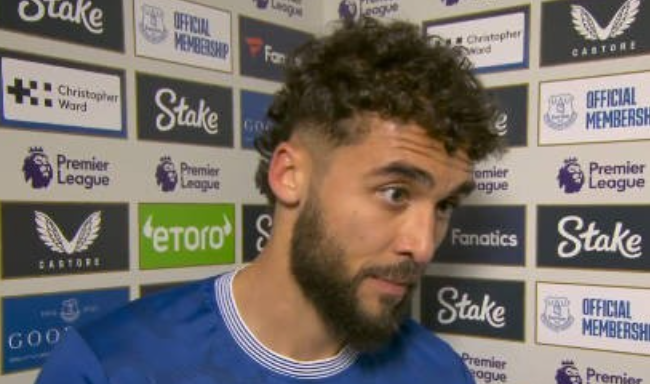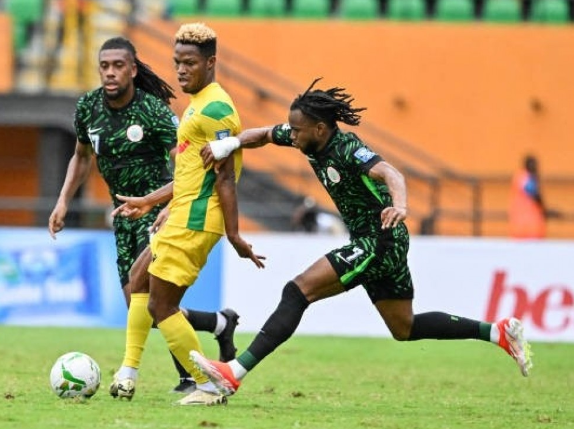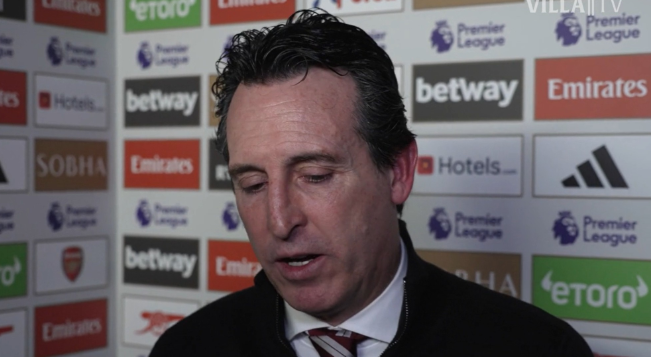The author's personal notes on the game are shared, and I have accumulated enough content and ideas to share them in the hope that those who didn't watch the game can get a general idea of what happened, and avoid accidentally turning it into a running gag just for the sake of writing it. Since the content is relatively spontaneous, and the number of matches may make it lengthy, we'll just pick our favorite teams to watch! If you like it, please share it, and if there are any mistakes, please don't hesitate to comment on them!
Also, I have my own team to support, Manchester City.
Brighton
I will try to keep a neutral point of view when writing about the two teams, but it is very likely that I will unconsciously favor that team, so please forgive me! In contrast, I'll also try to keep a neutral point of view when I write about Manchester City.
More confidence in the quality of content
Match of the Week (click on the hyperlink to jump to the page): Nottingham Forest 2-3 Fulham, Wolves 0-3 Man City
(p.2), Tottenham Hotspur
6-2 Leicester City (p.2), Everton 1-0 West Ham United (p.3).
Forest allowed Fulham to pass the ball around at the back (Fulham's passing success rate was 89% in the first half), and the 5-2-3 defense made it difficult for Fulham to find a consistent route to advance the ball, but the key defenses in the box weren't that strong, and the opposition's rare breakthroughs, or set pieces, caused a lot of chaos in the Forest penalty area. One of Willian's successful breakthroughs forced Cook to risk a red card by bringing down the former just outside the box, and subsequent set-pieces were also defended in a very dangerous manner.
When Forest successfully converted the ball, whether it was the early cross into the penalty area from the wing before they were caught in a tackle, or the attempt to break through the middle of the field without hesitating for a moment, it was clear that they wanted to execute a counter-attack.
Awoniyi is the fulcrum for long, high balls; Johnson can receive direct kicks on the right and can push forward with the ball when switching from defense to offense; and Gibbs-White is the pivot for direct kicks in the middle of the field, bridging the front and back of the field. The frontcourt is very efficient at converting attacks into shots on goal, each in their own way
Last season's old Championship rivals shared the spoils, and the game played out in line with Fulham's pass-and-control style. Right wingback Tete was very willing to overlap and make the right side a more dynamic attacking line (46% of the attacks started from it), but the quality of his crosses from the right flank was not so good (only 1 out of 5 passes were successful in the game), and the direct ball from the group was a more threatening way to break through.
In the first half, Fulham had 70.0% possession of the ball, but the number of shots on goal was 6-6 in the 50-50 wave, which shows the dilemma of Fulham's passing organization.
No Man City on the offensive end for Fulham
The fluidity of the free switches, yet the attacking sets played through the combo of several players, with constant and patient organization, the goals still have a very good chance to come against the Forest class defense.
Forest conceded 3 goals in 5 minutes and were forced to start chasing points. With poor consistency in possession and a lack of one-point explosions (only 1 of 7 crosses in the game), the threat of an attacking move still relies on long passes and praying that Fulham will accidentally miss the space after retreating back to the defense.
To be honest, Fulham's poor defensive performance has really gifted Forest quite a few chances.
After Lingard's goal out of nowhere, Forest's poor organization was unable to convert the home momentum into a frantic attacking game, let alone the crucial equalizer. In the end, it was Fulham who held on to their lead to secure an important away win.






























